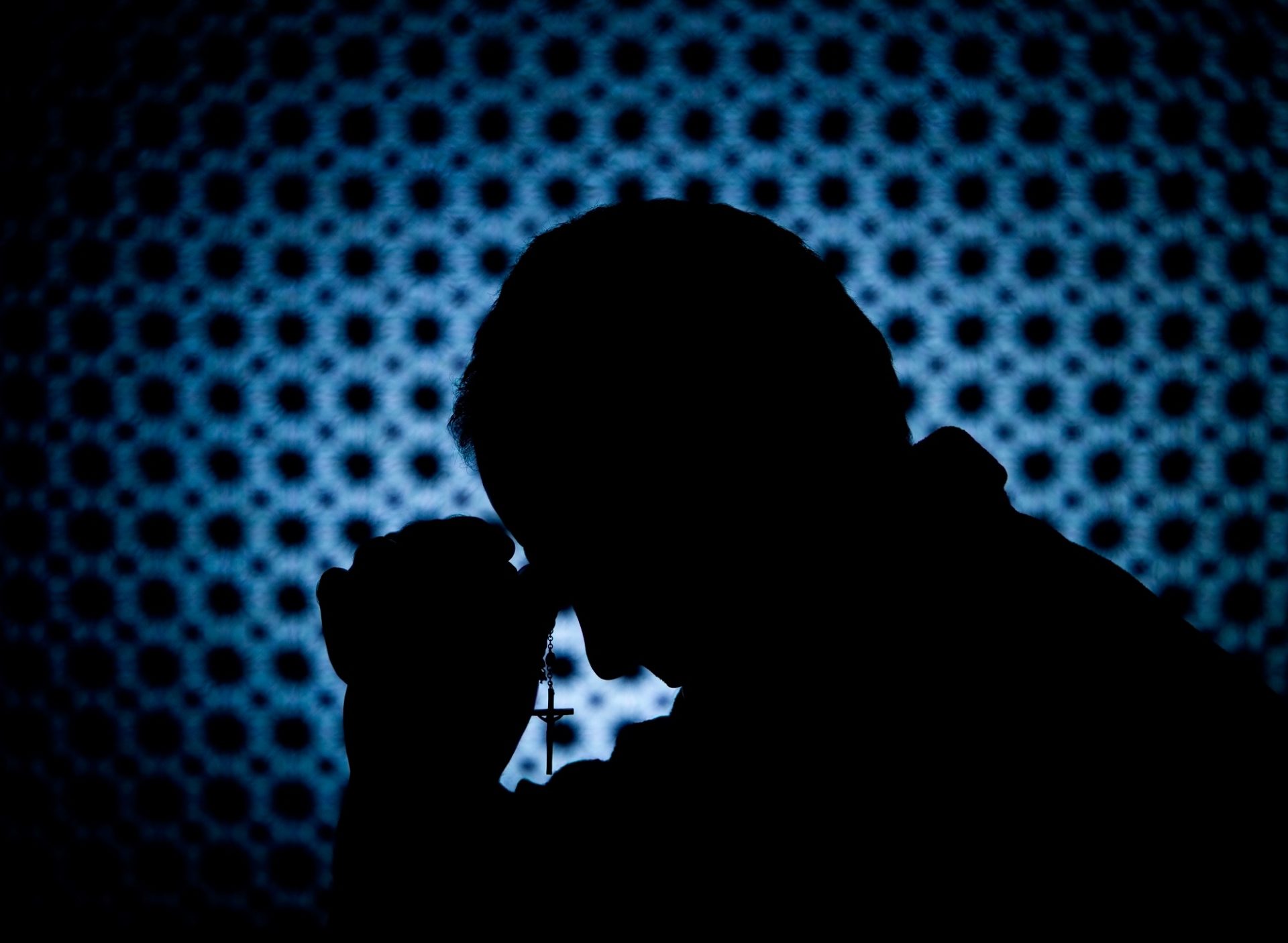
Reverend Director Tom Wilson is the Director of The St. Philip’s Centre. In this guest blog he gives an introduction to spiritual abuse. What is spiritual abuse, and what sort of signs should we look for?
I met with a leader to discuss some research I was conducting into the safeguarding needs of Buddhist communities. This was his response to the request:
“I cannot guarantee to someone who visits our Vihara that they will not die tonight. So how can I be expected to keep their children safe?”
Or something to that effect.
As a result of our conversation, this particular organisation did not take any further part in the research. I tell this story not to single out Buddhists for criticism. Instead, I want to demonstrate that all faith communities have work to do in promoting healthy cultures. Everyone should feel able to share concerns. Everyone should feel valued and truly safe.
At the St Philip’s Centre, we believe that despite the difficulties and divisions which distract us, we can learn how to live well together. In our view true cohesion can only be achieved if we work through our problems, rather than staying silent about them.
One challenge faith communities face is the need to develop appropriate ways of tackling abuse, especially where it has a spiritual dimension. We call this form of abuse spiritual abuse.
What is Spiritual Abuse?
Spiritual abuse takes place when an individual or group engages in coercive and controlling behaviour of others in a faith context. It means using religious beliefs and practices to justify behaviour and actions that are harmful to others. The victim of the abuse may not be aware they are being abused.
One of the problems of spiritual abuse is that it usually happens gradually and incrementally, so that the person at risk of abuse does not realise at first that there is anything wrong.
Spiritual abuse may start with a pastoral conversation that feels helpful. It may start with a suggested course of action that makes sense, or an offer of practical support. But over time, the temperature of the relationship is raised to the point where it causes serious harm, or even death.
Another definition of spiritual abuse is “abuse linked to faith or belief.” For examples of this, think of scenarios involving accusations of witchcraft or spirit possession. My focus is not on promoting a particular definition but rather to ensure people in faith communities are safe.
The contribution the St Philip’s Centre is making to tackle this problem is to develop a discussion guide, Safer Faith, Safer Followers. We are working with stakeholders from a range of different faith communities and professional organisations. Our aim is to produce a scenario-focused, accessible booklet that faith communities and groups can use to begin the conversation about how to make themselves and those they work with safer.
An Example of Spiritual Abuse
Melanie was experiencing difficulties in her personal life. She had an abusive husband, and a daughter diagnosed as autistic. Her vicar and other leaders in her Anglican church suggested she needed deliverance.
One day, Melanie fainted during a choir rehearsal:
As I was regaining consciousness, they said that I looked at them with an inhuman face and laughed at them. I was told this was a mocking spirit. Rather than get medical attention or first aid, they took me for prayers and kept me there in quite a forceful manner for three hours, despite being in considerable pain. Later, it was discovered that I had a perforated eardrum, and that had been the cause of the faint.
A few months afterwards, she was collected from her home and taken to the house of a person unknown to her.
Things took a really strange turn. They pushed me to my knees and shouted in my face. They said the spirits were in me and that I was going to bring down the church. Then they forced me to be sick. It went on for about two hours. I felt very traumatised and just blanked it out. They said I mustn’t tell anyone about it. I mustn’t come to church for six months until they were sure all the demons were gone. I was in a state of shock.
Later, one of those involved suggested to Melanie that her four-year-old daughter might not be autistic but possessed by demons, and that the child needed deliverance.
Understanding Spiritual Abuse
Having read the scenario, ask yourself:
- Is this an example of spiritual abuse according to the definition cited above?
- Which behaviour do you recognise as abusive or problematic?
- What harm, or risk of harm, exists?
- Do any circumstances make Melanie an adult at risk?
- What is the potential impact on Melanie from this behaviour?
- How should we respond to this behaviour?
These questions should help you develop your own understanding of what constitutes spiritual abuse.
As well as discussing case studies such as this one, the Safer Faith, Safer Followers workshops will use case studies featuring paid staff and volunteers. The situations we explore may not necessarily constitute spiritual abuse, but they certainly indicate poor practice.
Also, there is a potentially slippery slope from treating a volunteer or staff member badly. This can result in far greater harm to the individual and faith group as a whole.
A Healthy Culture
Safeguarding is not primarily an issue of policy, but one of organisational culture. The single most important practical steps any faith community can take in order to become safer is to develop a healthier culture.
I used to be chair of governors of a primary school. I can vividly remember a conversation I had with the headteacher about one of his staff. She had not responded appropriately to a safeguarding disclosure. It was not because she had not attended training. She attended the mandatory annual refresher every year. It was because safeguarding was not part of her worldview, her culture.
Places of worship and faith communities face exactly the same cultural challenge. We’re often too quick to defer to the spiritual authority of a single leader. Those leaders do not always have the maturity or objectivity to recognise the potential for spiritual abuse to take place. So ask yourself, what would a healthy culture look like in your place of worship?
Key Points to Consider
- Who is responsible for safeguarding people in your place of worship?
- Do you have safeguarding policies, and do regular attendees know you have them?
- Do people know who they can discuss safeguarding concerns with?
- Are people able to challenge inappropriate behaviour, regardless of who it involves?
- Do your leaders receive regular supervision and accountability sessions?
- Are those who work with vulnerable people trained in safeguarding?
- Is safeguarding on the agenda of all relevant committees and management meetings?
- Do you have a process in place to support victims of abuse?
- Do leaders recognise the potential for spiritual abuse to occur in your place of worship?
- What are leaders doing to prevent abuse from happening?
It’s not easy to deal with problems so complex. Tackling spiritual abuse requires individuals and groups from many walks of life to work together towards a shared outcome.
At the St Philip’s Centre, we’re playing our part. We hope you will join with us so that more places of worship can be safer for followers of all faiths.

